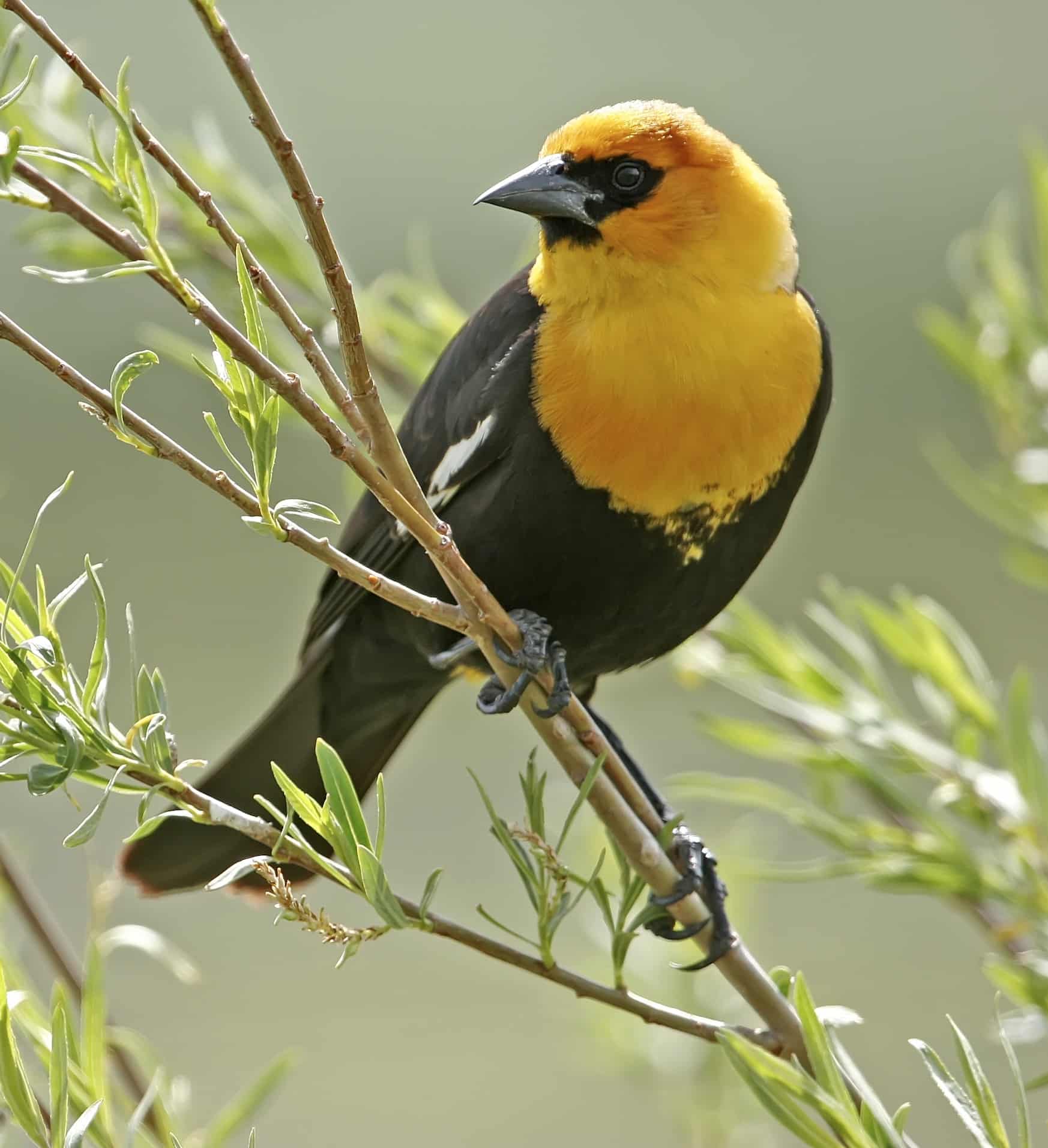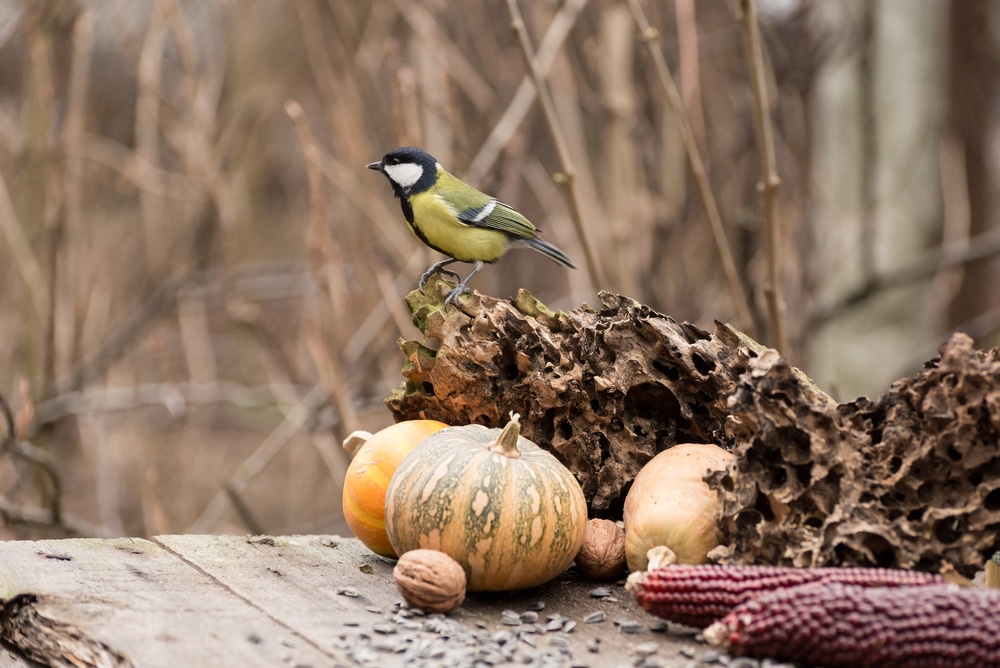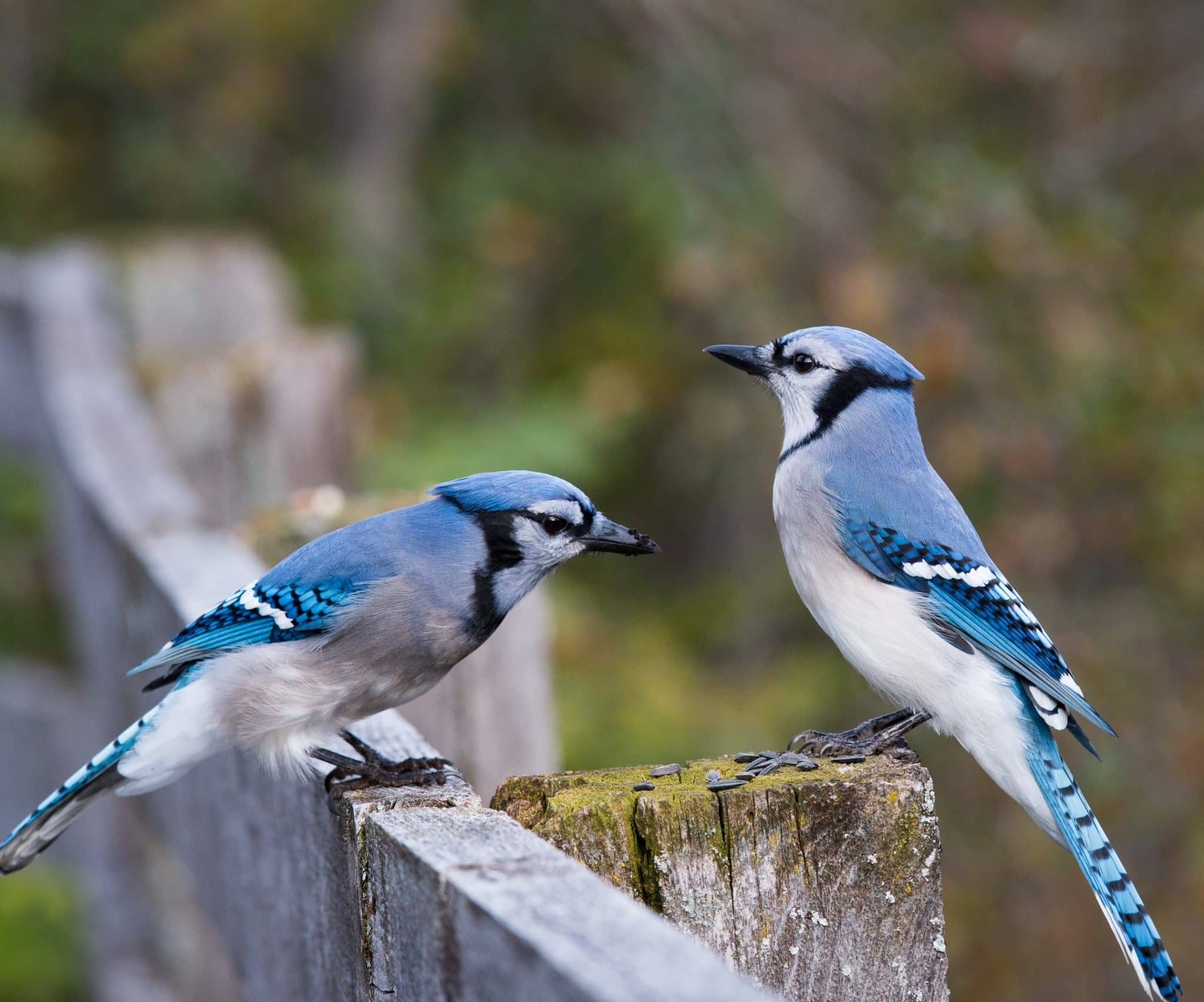Birdhouse cameras have become increasingly popular tools for nature enthusiasts who wish to enjoy the intricacies of avian life without disrupting it.
They are specially designed birdhouses equipped with cameras, enabling bird watchers to observe and record birds’ day-to-day activities from the comfort of their own homes.
These devices offer an intimate glimpse into the world of garden birds, and the technology has advanced to a point where high-definition visuals and even live streaming are possible.
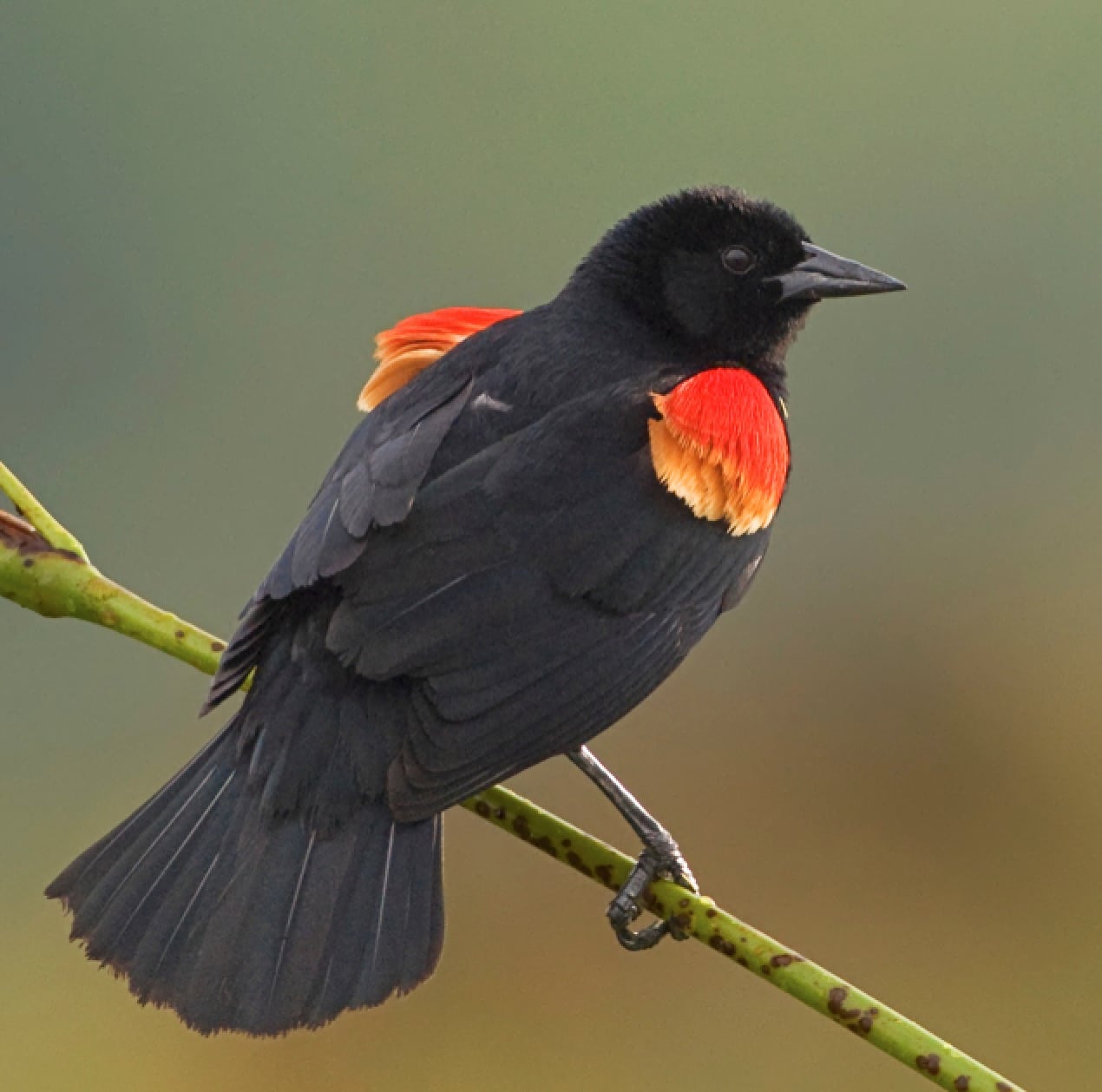
The integration of cameras into birdhouses does not detract from their primary function: providing a safe and inviting space for birds to nest.
These birdhouses are often constructed with careful attention to bird habitat preferences, and the cameras are discreetly incorporated so as not to disturb the occupants.
The maintenance and monitoring of these bird houses with cameras have also evolved, featuring wireless technology, solar power options, and easy-to-use interfaces for bird lovers of all ages, making the experience accessible and straightforward.
Key Takeaways
- Bird house cameras combine wildlife observation with modern technology, allowing for non-intrusive bird watching.
- Design and functionality are key, as the birdhouses must be comfortable for birds while accommodating built-in cameras.
- Maintenance of these birdhouse cameras is user-friendly, with added features like wireless connectivity and solar power.
Bird House Design
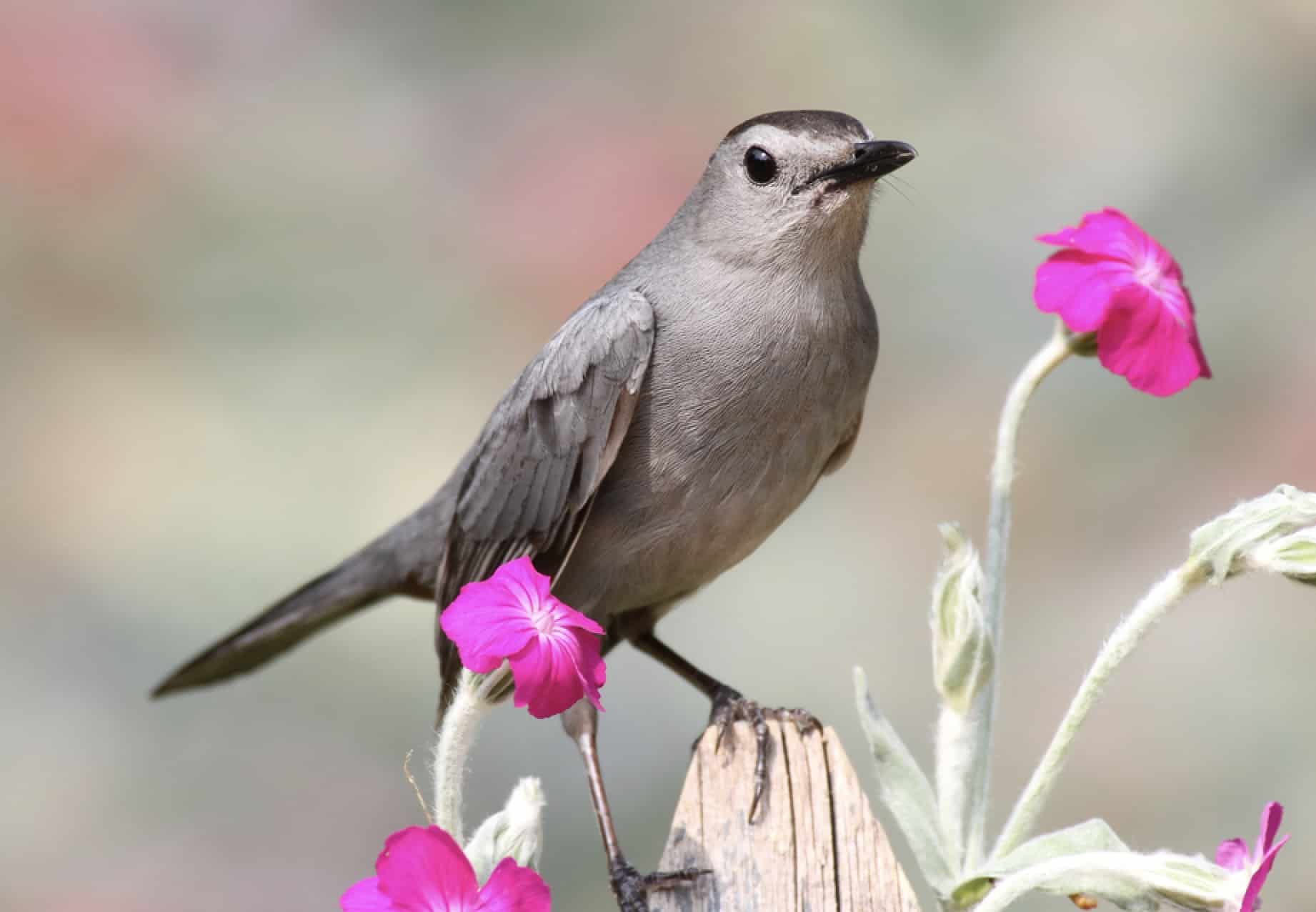
In the design of a birdhouse with an integrated camera, emphasis is placed on using suitable materials and precise measurements to create a habitat that is both safe for birds and conducive to video monitoring.
The construction should support easy mounting and adaptability for different environments.
Materials and Tools
To construct a sturdy birdhouse, one needs to select materials that are resilient and safe for the local avian population. Recommended materials typically include:
- Wood: Thick, untreated wood (e.g., cedar, pine)
- Nails: Rust-resistant nails or screws
A set of basic tools is necessary to assemble the birdhouse:
- Saw: Preferably a miter saw for precise cuts
- Drill: With a selection of hole saw bits
- Screwdriver
- Hammer
- Tape Measure
- Speed Square
Dimensions and Blueprints
The dimensions of the birdhouse must accommodate the specific species it is intended for. Common birdhouse dimensions are as follows:
- Floor Size: Approx. 4″ x 4″ (although this varies per species)
- Height: Ranging from 6″ to 12″
- Entrance Hole: Diameter varies per species (e.g., 1½” for Eastern Bluebirds)
A birdhouse also requires a precise blueprint that includes a dedicated space for the camera. Ideally, an attic or removable section should be provided for housing the technology without compromising the needs of the nesting birds.
Mounting Options
Mounting the birdhouse securely is crucial for stability and watchability. Options include:
- Pole Mounting: Using a metal pole and securing brackets
- Tree Mounting: Affixing the birdhouse to a tree with screws ensuring no damage is done to the tree
- Building/Fence Mounting: If local wildlife permits, using sturdy screws to attach to the side of a building or fence
Each mounting option should consider the safety of the birds, the accessibility of the birdhouse for maintenance, and the quality of the video feed.
Incorporating Cameras
Equipping a birdhouse with a camera allows bird enthusiasts to discreetly observe avian activities. The integration of cameras can range from simple setups to more advanced, high-definition systems, requiring considerations for type, power, and positioning.
Camera Types
Analog Cameras: Often cost-effective and simple to install, analog cameras transmit video over a coaxial cable. These cameras typically require a nearby recording device.
Digital Cameras: Digital options, like IP or WiFi cameras, offer high-definition footage and can often connect directly to a home network for remote viewing. Some models feature motion detection and night vision.
Specialty Wildlife Cameras: These cameras are specifically designed for outdoor use, offering robust weatherproofing and often come equipped with a wide-angle lens suitable for capturing birdhouse interiors.
Wiring and Power Supply
Hardwired Connections: Appropriate for permanent setups and may involve running Ethernet cables to power the camera and connect it to the internet.
| Power Type | Consideration |
|---|---|
| Battery | May require regular changes; useful for temporary or portable systems. |
| Wired Electricity | Requires access to a power source and potential weatherproofing. |
| Solar | Eco-friendly option that requires sufficient sunlight to recharge. |
Wireless Solutions: Ideal for avoiding extensive wiring, but it’s crucial to ensure a stable power source such as battery packs or solar panels with USB charging capabilities.
Visibility and Placement
Inside the Birdhouse: Cameras should be discreetly placed to minimize disturbances to avian inhabitants. The camera lens should be clear of obstructions and have a view of the entire interior.
Outside the Birdhouse: It’s imperative to position cameras to capture entrances and the surrounding environment, while also safeguarding against weather elements and predators.
Habitat and Attraction
Creating the right habitat is essential for attracting birds to a birdhouse with a camera, ensuring that they can nest securely while offering bird enthusiasts an intimate glimpse into their lives.
Location Considerations
When installing a birdhouse with a camera, the location is crucial. Birdhouses should be placed at least five to ten feet off the ground to evade potential ground predators and away from busy areas to reduce disturbances.
It’s best to mount them on a stable post, tree, or wall. Orientation is also key; the entrance should generally face away from prevailing winds and should not be directly in the sun for prolonged periods, as excessive heat can harm eggs and chicks.
Attracting Specific Bird Species
Each bird species has specific requirements for the entry hole size and interior space of a birdhouse. For instance, bluebirds and Carolina wrens prefer a hole diameter of 1.5 inches.
Offering the right dimensions ensures the desired species can enter and nest, while deterring larger, unwanted birds. Adding native plants and a water source nearby can also greatly increase the attractiveness of the habitat.
Safety and Protection
To ensure the safety of nesting birds, the birdhouse should have essential features like ventilation holes, drainage, and be built from safe, non-toxic materials.
Protection from predators is paramount; using predator guards can help keep nests secure. Additionally, birdhouses should be easy to clean to prevent the spread of diseases among bird populations.
Maintenance and Monitoring
Maintaining a birdhouse with a camera requires regular attention to ensure both the health of the birds and the functionality of the technology. Monitoring involves checking video feeds and managing data efficiently to preserve the natural behaviors captured by the cameras.
Cleaning and Upkeep
Proper cleaning and maintenance of the birdhouse camera system are vital for the uninterrupted observation of bird activities.
Birdhouses should be cleaned once a season, typically after the fledglings have left the nest, to prepare for the next inhabitants.
It’s recommended to follow these steps:
- Power Down: Ensure the camera system is turned off before cleaning.
- Remove Debris: Clear out all nesting materials and sanitize the birdhouse interior.
- Check Components: Inspect the camera and solar panels, if applicable, for any wear or damages.
- Recharge Batteries: If the camera operates on batteries, recharge or replace them as necessary.
Cleaning should be conducted wearing gloves and with minimal disturbance to the surrounding environment.
Data Storage and Retrieval
Efficient data storage and retrieval are essential to document the lifecycle of the avian residents.
Many cameras are equipped with cloud storage or local storage solutions such as SD cards. Users should:
- Regularly Backup: Store videos and images in multiple locations.
- Organize Files: Use clear naming conventions for easy retrieval.
- Review Footage: Check recordings periodically for any noteworthy events.
Legal and Ethical Considerations
When installing and operating a camera-equipped birdhouse, legal and ethical guidelines must be followed to protect wildlife and privacy rights. One should always:
- Research Local Laws: Ensure compliance with any wildlife protection statutes.
- Maintain Privacy: Respect neighboring privacy by positioning cameras to only capture footage within the user’s property.
- Avoid Disturbance: Cameras should be placed and operated in a manner that minimizes stress or harm to the birds.
Frequently Asked Questions
Birdwatching enthusiasts often have questions about integrating camera technology into birdhouses. This section aims to provide concise answers to common inquiries about birdhouse camera installation, selection, and features.
How do you install a camera in a birdhouse?
To install a camera in a birdhouse, one typically mounts the camera to the underside of the roof using a few screws.
It’s crucial to ensure the camera is working before installation. If the camera is too large, a false roof or “attic” can be constructed within the birdhouse to accommodate the device, with power and video cables secured to the exterior.
What are the best birdhouse cameras on the market?
Some of the notable birdhouse cameras include models like the Blink Outdoor Wireless 1080p Security Camera, known for its lengthy battery life, and the Nestera Wifi Battery Bird House Camera that incorporates solar panels for energy efficiency.
Can birdhouses with cameras be powered by solar energy?
Yes, birdhouses with cameras can be powered using solar energy.
Certain models come equipped with solar panels, and they can be a smart choice in locations with ample sunlight. The solar panel batteries may also be charged via USB if necessary.
What features should be looked for in a wireless birdhouse camera?
When searching for a wireless birdhouse camera, it is important to consider features such as video quality, night vision, battery life, and weather resistance.
Also, assess whether the camera offers a secure and stable connection to avoid interference with the live feed.
Are there any birdhouse cameras that come with bird identification features?
While the search results do not specify birdhouse cameras with bird identification features, such capabilities may exist.
Birdwatchers should look for cameras with added software or apps that can aid in identifying bird species.
What do birds require from a birdhouse for optimal nesting?
Birds require a birdhouse that protects them from predators and harsh weather conditions. It should also have proper ventilation and drainage. The dimensions of the birdhouse should also be suitable for the specific bird species intended to use it.
Last update on 2025-06-06 / Affiliate links / Images from Amazon Product Advertising API



